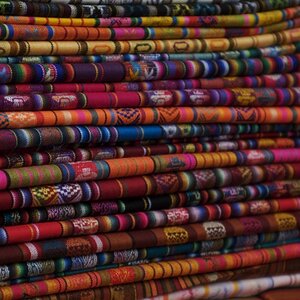eedmondson
TPF Noob!
I've got an upcoming exhibition early next year and I have to start getting some prints ready for sale. The images were all shot with my RB67, but for reasons of cost and consistency, I have decided to print the "for sale prints" digitally. I also have a large amount of 35mm and 120 film that I need to digitize. Thus, the time has come for some serious negative scanning.
I plan on printing most of the images 16x20, and possibly a few up to 20x24. From what I have gathered, my options are to go with a neg scanner like the Artixscan (or possibly Nikon 9000), or have everything drum scanned. In the end, the drum scans will be considerably more expensive, and I'm wondering if the difference in quality really justifies the price difference (for 20x24 & smaller). In the end, my primary concern is image quality (I am used to printing from 6x7 negs after all), but I do have to keep the cost within reason as well.
Anyone have experience making large prints from scanned negatives? Or have any other advice for this type of situation?
Thanks for any input!


![[No title]](/data/xfmg/thumbnail/39/39470-ad2036a502fde3b73f73e2b45e674866.jpg?1619739042)
![[No title]](/data/xfmg/thumbnail/41/41779-303c41fcb3e37507cbe986d76dbfcf85.jpg?1619739890)
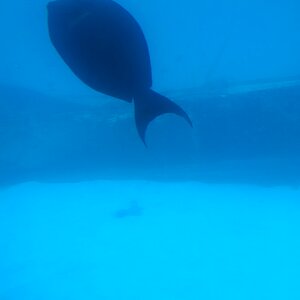
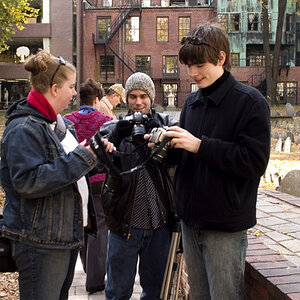
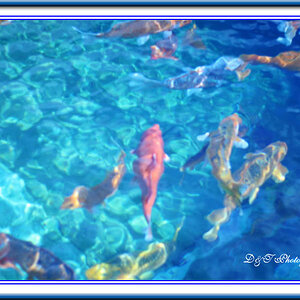
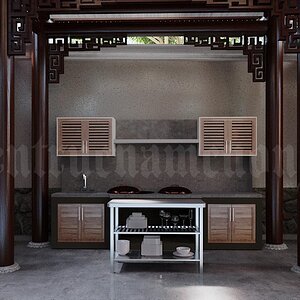
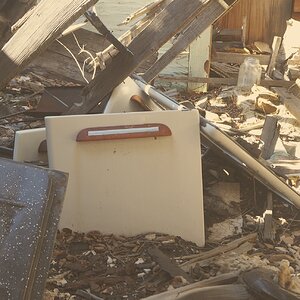
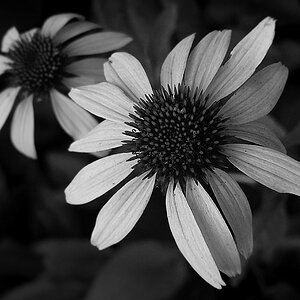

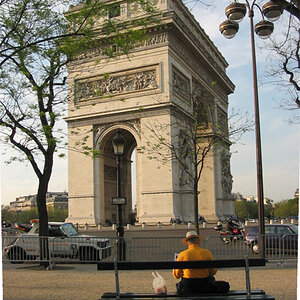
![[No title]](/data/xfmg/thumbnail/34/34142-948c6bafdf60862125009004d5a06e46.jpg?1619736315)
